Research on chemical strengthening technology for K9 optical glass
-
摘要: 为提高K9光学玻璃在一些特殊应用领域(如高压、温度变化剧烈等)的力学性能,并保证其光学性能符合精密光学仪器要求,对K9光学玻璃进行了化学钢化技术研究。以脆性材料断裂过程微裂纹扩展理论为基础,导出化学钢化玻璃强度应力因子计算模型,分析化学钢化表面应力与表面微裂纹深度、韧性之间的关系,指出化学钢化工艺应注意的事项。通过实验研究,分析化学钢化温度和钢化时间对K9光学玻璃抗弯强度、表面应力及应力层厚度的影响,优化得出K9光学玻璃化学钢化温度为400 ℃、钢化时间为40 h。采用优化工艺,获得了表面应力为500 MPa、应力层厚度为50 μm量级及规格为220 mm×110 mm×22 mm的化学钢化K9光学玻璃样件。钢化后,样件抗弯强度提高了3.5倍以上,且表面疵病、光学鉴别率、透过率等光学性能指标未见明显变化。Abstract: In order to improve the mechanical properties of K9 optical glass, which used in some special fields such as heavy pressure and drastic temperature changing, etc, and ensure the optical properties can meet the requirements of precision optical instruments, the chemical strengthening technology for K9 optical glasses was studied. Based on the theory of crack propagation during the fracture process of brittle materials, the calculation model of stress intensity factor for chemical strengthened K9 optical glasses was formulated. The relations between glass surface stress, surface micro-crack depth and toughness were discussed, and several problems in the chemical strengthening process needed to attention were pointed out. By experimental research, the effects of strengthening temperature and time on the strength, surface stress and stress depth of K9 optical glasses were analyzed. The chemical strengthening process for K9 optical glass was optimized, the strengthening temperature is 400 ℃ and the strengthening time is 40 h. The measured results of mechanics and optical properties for K9 optical glasses with size of 220 mm×110 mm×22 mm are obtained. The measured results show that the surface stress is 500 MPa, the stress depth is about 50 μm, the bending strength is increasing more than 3.5 times, and the optical discrimination and transmittance show no obvious changing.
-
Keywords:
- optical glass /
- chemical strengthening /
- crack propagation /
- bending strength /
- surface stress /
- optical properties
-
-
表 1 化学钢化K9光学玻璃工艺试验参数
Table 1 Chemical strengthening experimental parameters for K9 optical glass
样品
组别样品
编号样品
数量规格/mm 化学钢化
温度/℃化学钢化
时间/hA A0 12 45×15×5 —— —— A1 12 45×15×5 380 40 A2 12 45×15×5 400 40 A3 12 45×15×5 420 40 A4 12 45×15×5 440 40 A5 12 45×15×5 480 40 A6 12 45×15×5 400 8 A7 12 45×15×5 400 24 A8 12 45×15×5 400 56 B B0 3 220×110×22 —— —— B2 3 220×110×22 400 40 表 2 B组样件光学性能实测结果
Table 2 Optical properties test results of sample B
样品编号 表面疵病 光学鉴别率 光学透过率 表面腐蚀 B0 40−20 3.8/″ 92/% 无 B2 40−20 3.8/″ 92/% 无 表 3 B组样件静水压力试验结果
Table 3 Hydrostatic pressure test results of sample B
样品编号 数量 6 MPa静水压力 备注 B0 3 全部炸裂 炸裂压力分别为2.2 MPa、
2.3 MPa和2.6 MPaB2 3 通过 表 4 B组样件抗弯强度测试结果
Table 4 Bending strength test results of sample B
样品编号 数量 抗弯强度*/MPa 均方差/MPa B0 3 108 25 B2 3 393 12 *注:厚玻璃抗弯强度测量具有危险性! -
[1] 王振, 索涛, 李玉龙, 等. 退火及化学钢化硅酸盐玻璃的动态弯曲力学行为研究[J]. 北京理工大学学报,2019,39(10):1006-1011. WANG Zhen, SUO Tao, LI Yulong, et al. Dynamic flexural mechanical behavior of annealed and chemically strengthened silicate glass[J]. Transactions of Beijing Institute of Technology,2019,39(10):1006-1011.
[2] 熊长新, 李钱陶. 光学玻璃的强度设计方法研究[J]. 光学与光电技术,2006,4(5):115-118. doi: 10.3969/j.issn.1672-3392.2006.05.029 XIONG Changxin, LI Qiantao. Strength design approaches to optical glass[J]. Optics & Optoelectronic Technology,2006,4(5):115-118. doi: 10.3969/j.issn.1672-3392.2006.05.029
[3] 刘士军, 李钱陶. 新型多功能集成光学耐压保护窗口[J]. 光学与光电技术,2010,8(4):80-82. doi: 10.3969/j.issn.1672-3392.2010.04.020 LIU Shijun, LI Qiantao. New multi-functional optical protective pressure windows[J]. Optics & Optoelectronic Technology,2010,8(4):80-82. doi: 10.3969/j.issn.1672-3392.2010.04.020
[4] 宋力昕, 胡行方, 吴国庭. 热钢化对载人航天器舷窗玻璃强度的影响[J]. 中国空间科学技术,1996,16(4):43-49. SONG Lixin, HU Xingfang, WU Guoting. Effects of thermal tempering on strength of window glass of manned spacecraft[J]. Chinese Space Science and Technology,1996,16(4):43-49.
[5] WIEDERHORN S M. Prevention of failure in glass by proof-testing[J]. Journal of the American Ceramic Society,1973,56(4):227-228. doi: 10.1111/j.1151-2916.1973.tb12469.x
[6] 兰敬高, 杨觉明, 韩美康. 热处理与化学强化对K9光学玻璃强度的影响[J]. 西安工业大学学报,2015,35(2):142-146. LAN Jinggao, YANG Jueming, HAN Meikang. Effect of heat treatment and chemical tempering process on the strength of K9 optical glass[J]. Journal of Xi'an Institute of Technology,2015,35(2):142-146.
[7] 邬亚斌. 离子交换以及表面镀膜对玻璃强度影响的研究[D]. 厦门: 厦门大学, 2017. WU Yabin. Study on the influence of glass strength by ion exchanging and surface coating[D]. Xiamen: Xiamen University, 2017.
[8] 马永龙, 许中胜. 化学钢化光学窗口玻璃强度分析与检测[J]. 光学与光电技术,2009,7(6):56-60. doi: 10.3969/j.issn.1672-3392.2009.06.015 MA Yonglong, XU Zhongsheng. Strength analyzing for chemical strengthened and proof test optical window glass[J]. Optics & Optoelectronic Technology,2009,7(6):56-60. doi: 10.3969/j.issn.1672-3392.2009.06.015
[9] 忻培钧. 用扩散过程微分方程结合实验计算平板玻璃钾钠离子交换扩散系数的方法[J]. 玻璃与搪瓷,1990,18(2):51-54. XIN Peijun. Method of calculating the diffusion coefficient of potassium and sodium ion exchange in plate glass by using differential equation of diffusion process combined with experiment[J]. Glass & Enamel,1990,18(2):51-54.
[10] VARSHNEYA A K. Chemical strengthening of glass: lessons learned and yet to be learned[J]. International Journal of Applied Glass Science,2010,1(2):131-142. doi: 10.1111/j.2041-1294.2010.00010.x
[11] The Schott Glass Company. Design strength of optical glass and zerodur[EB/OL]. (2004-10-12)[2020-07-20]. http://www.us.schott.com/optics_devices.
[12] 庞云霞, 杭凌侠, 陈智利, 等. 基于WLI原理K9基片的亚表层损伤检测[J]. 应用光学,2007,28(6):773-777. doi: 10.3969/j.issn.1002-2082.2007.06.023 PANG Yunxia, HANG Lingxia, CHEN Zhili, et al. Investigation on subsurface damage detection of K9 optics[J]. Journal of Applied Optics,2007,28(6):773-777. doi: 10.3969/j.issn.1002-2082.2007.06.023
[13] 中国标准化管理委员会. GB/T 1185—2006光学零件表面疵病[S]. 北京: 中国标准出版社, 2006. Standardization Administration of China. GB/T 1185-2006 Surface imperfections of optical elements[S]. Beijing: China Standards Press, 2006.
[14] 刘小青, 何峰, 刘锡宇, 等. 离子交换温度对化学钢化玻璃结构和性能的影响[J]. 硅酸盐通报,2018,37(11):3592-3597. LIU Xiaoqing, HE Feng, LIU Xiyu, et al. Effect of ion exchange temperature on the structure and properties of chemically strengthened glasses[J]. Bulletin of the Chinese Ceramic Society,2018,37(11):3592-3597.
[15] KELLMAN C. How and why of chemically strengthened glass[J]. Glass Industry,1993,74(6):23-26.




 下载:
下载:

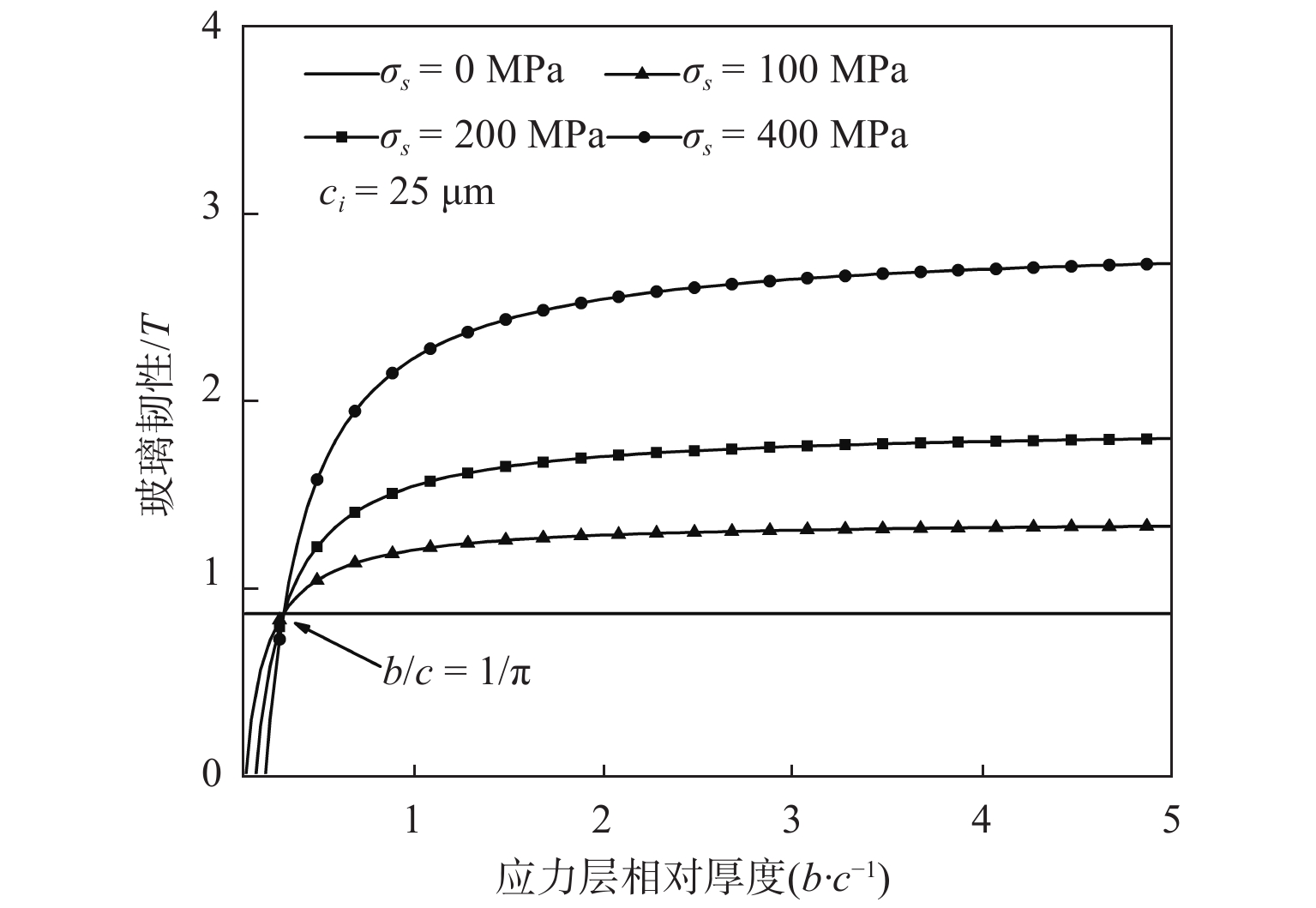
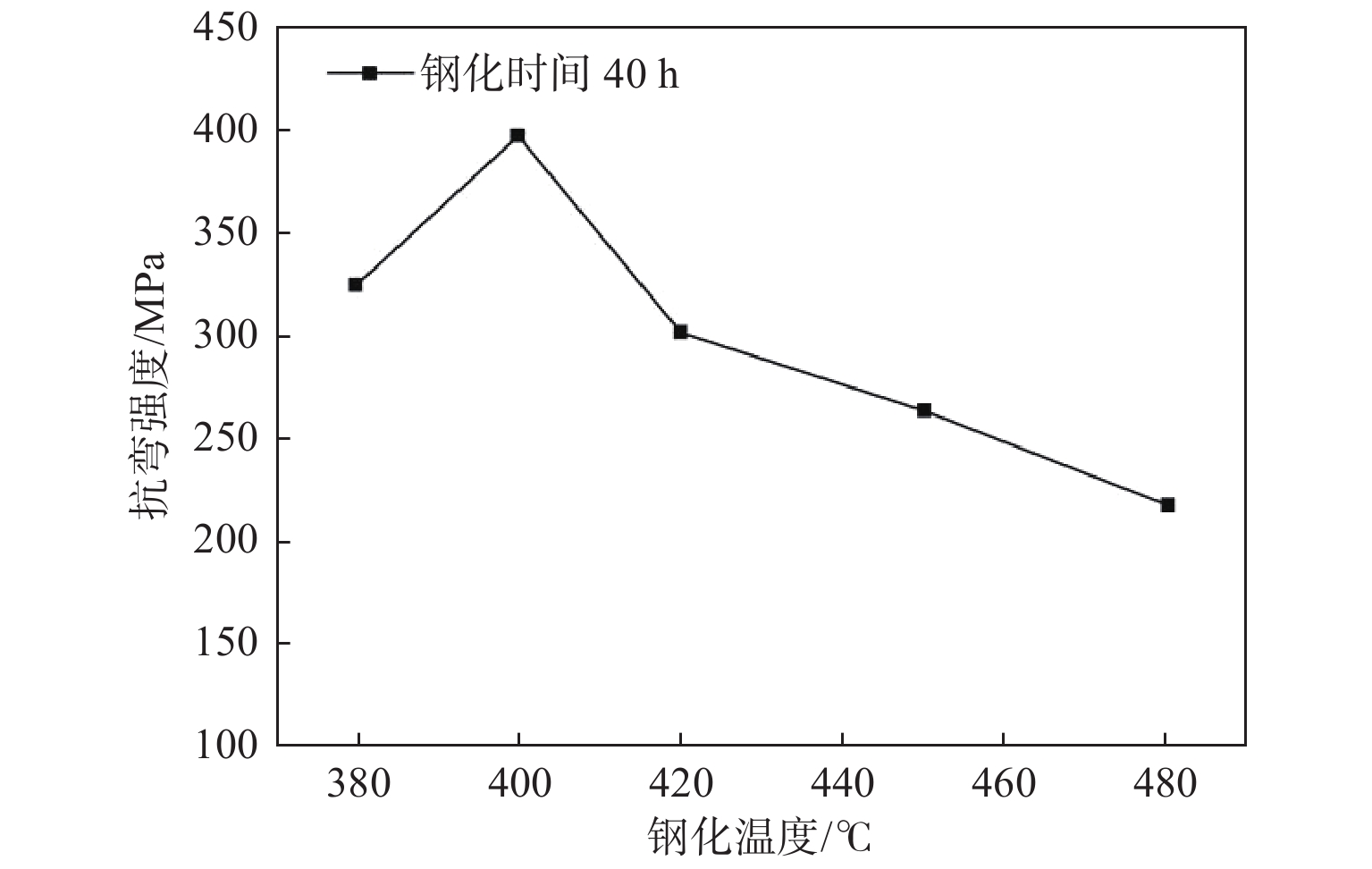
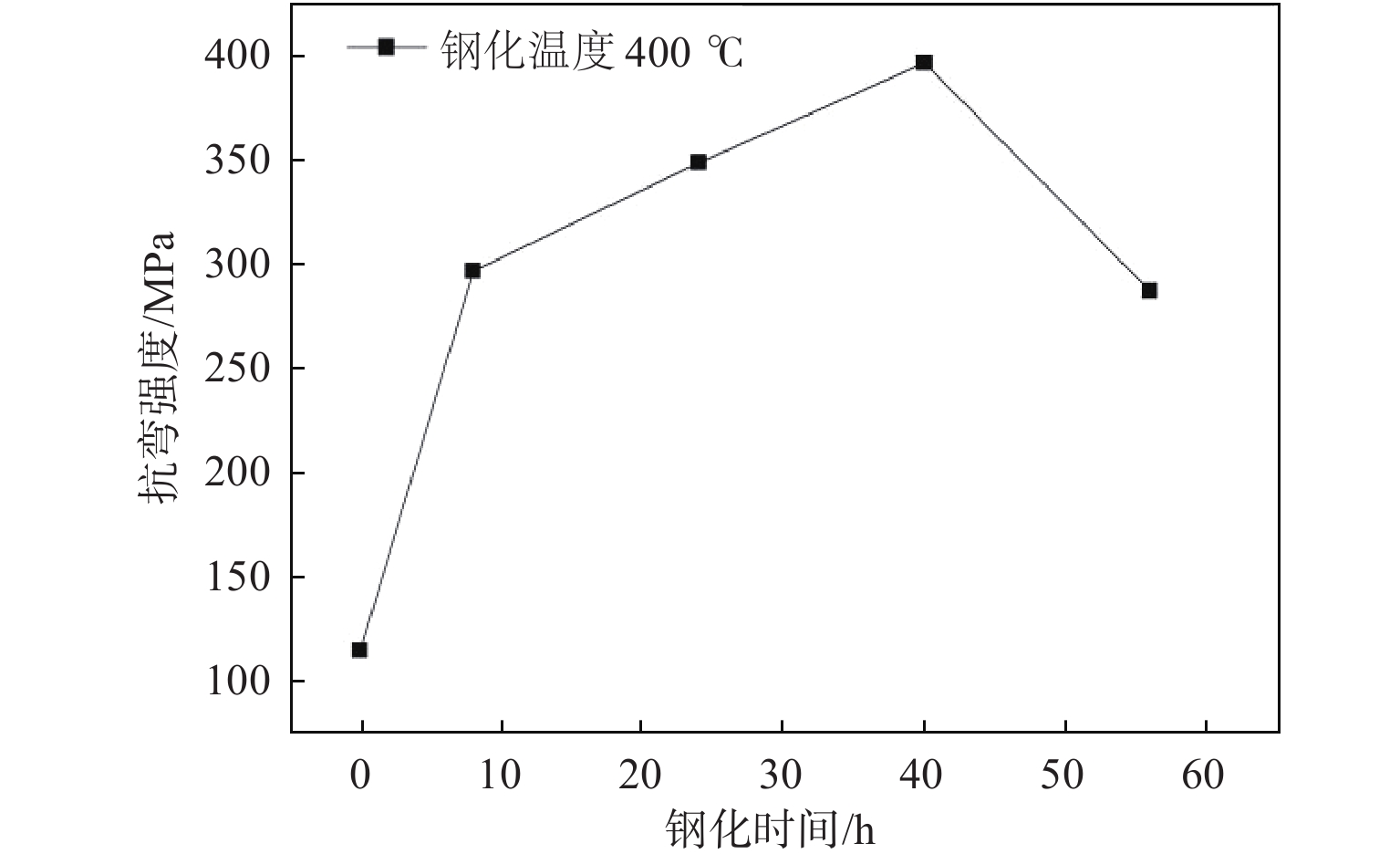

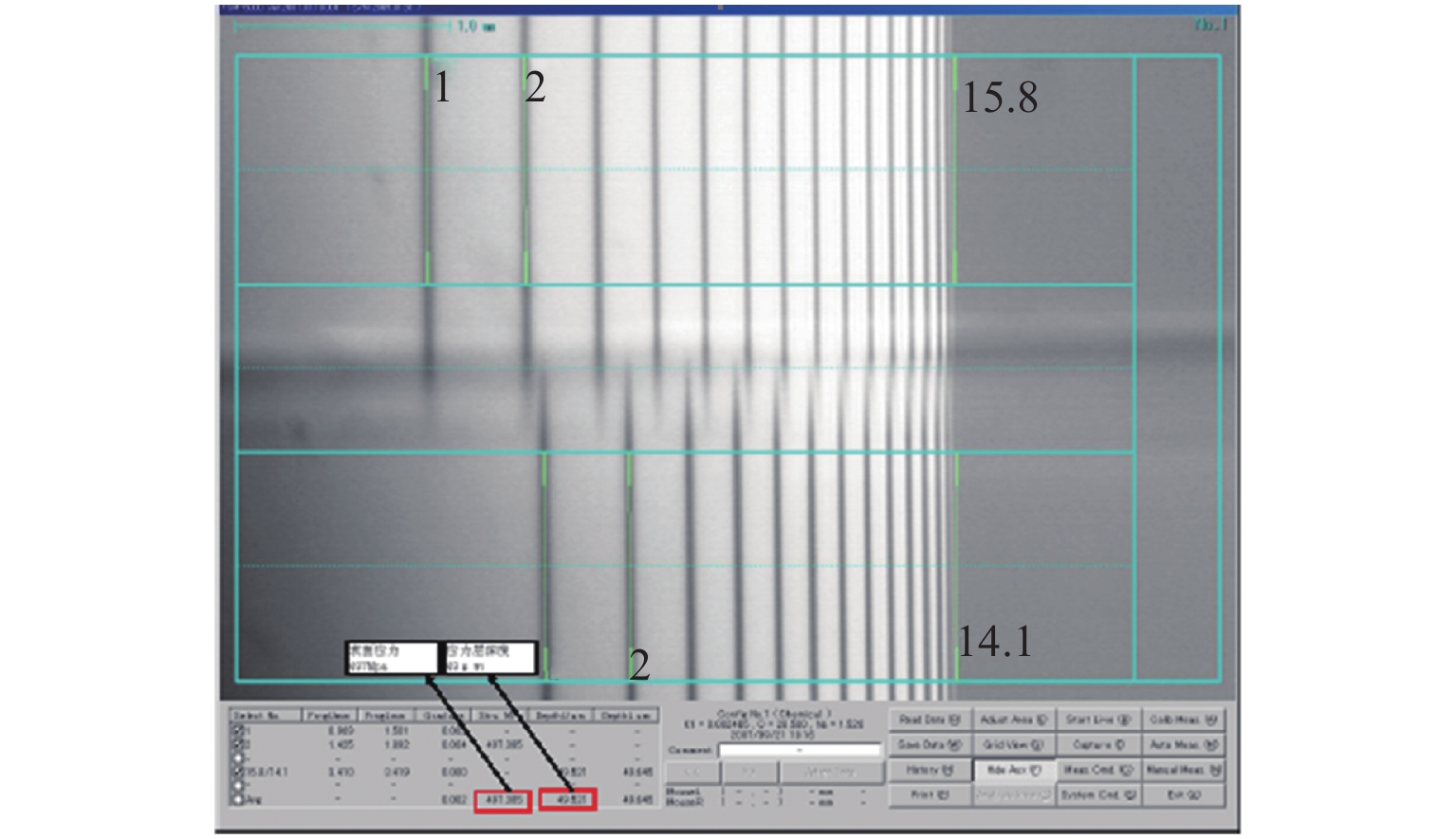
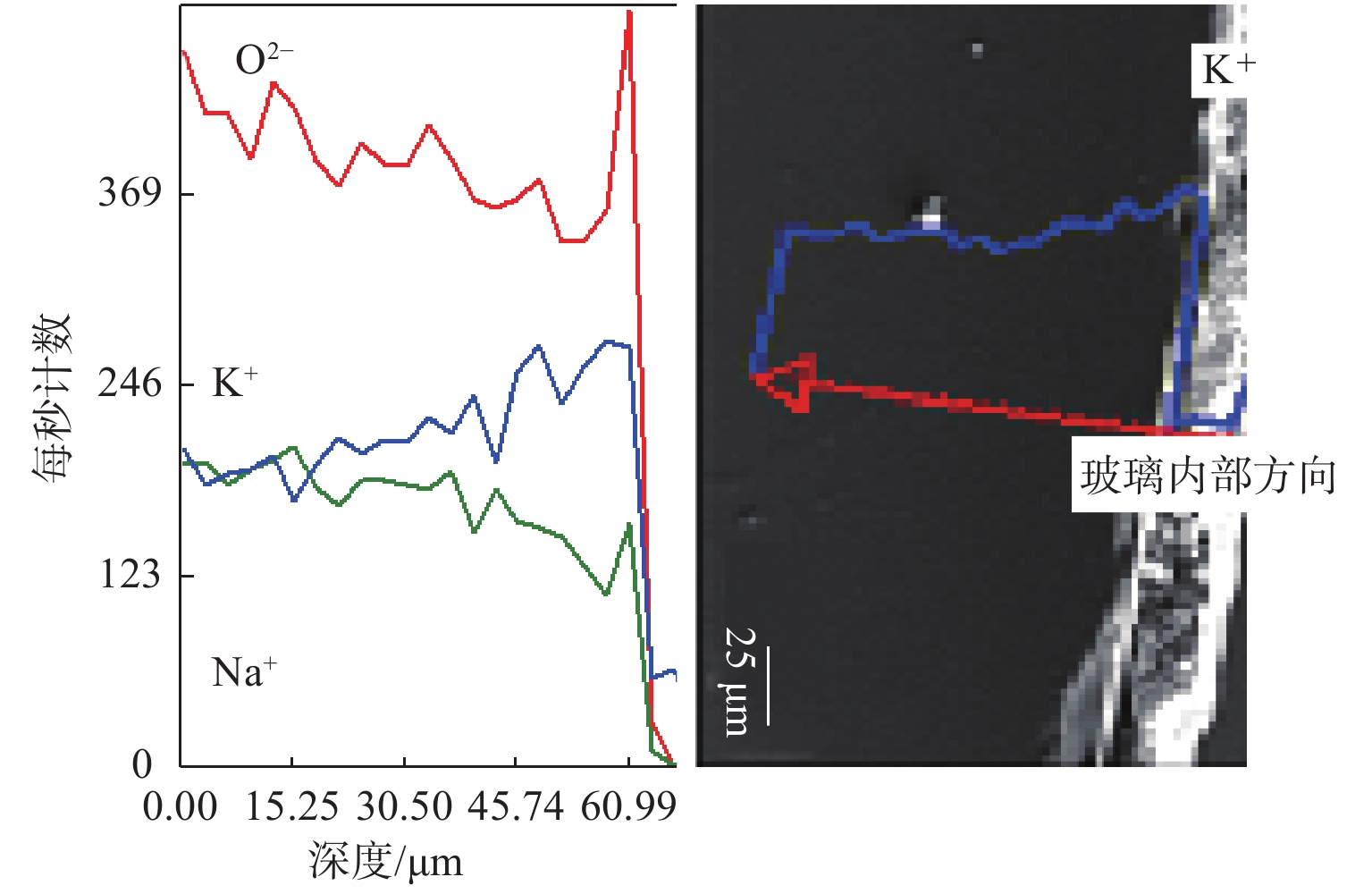
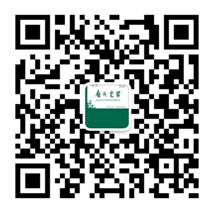
 陕公网安备 61011302001501号
陕公网安备 61011302001501号 